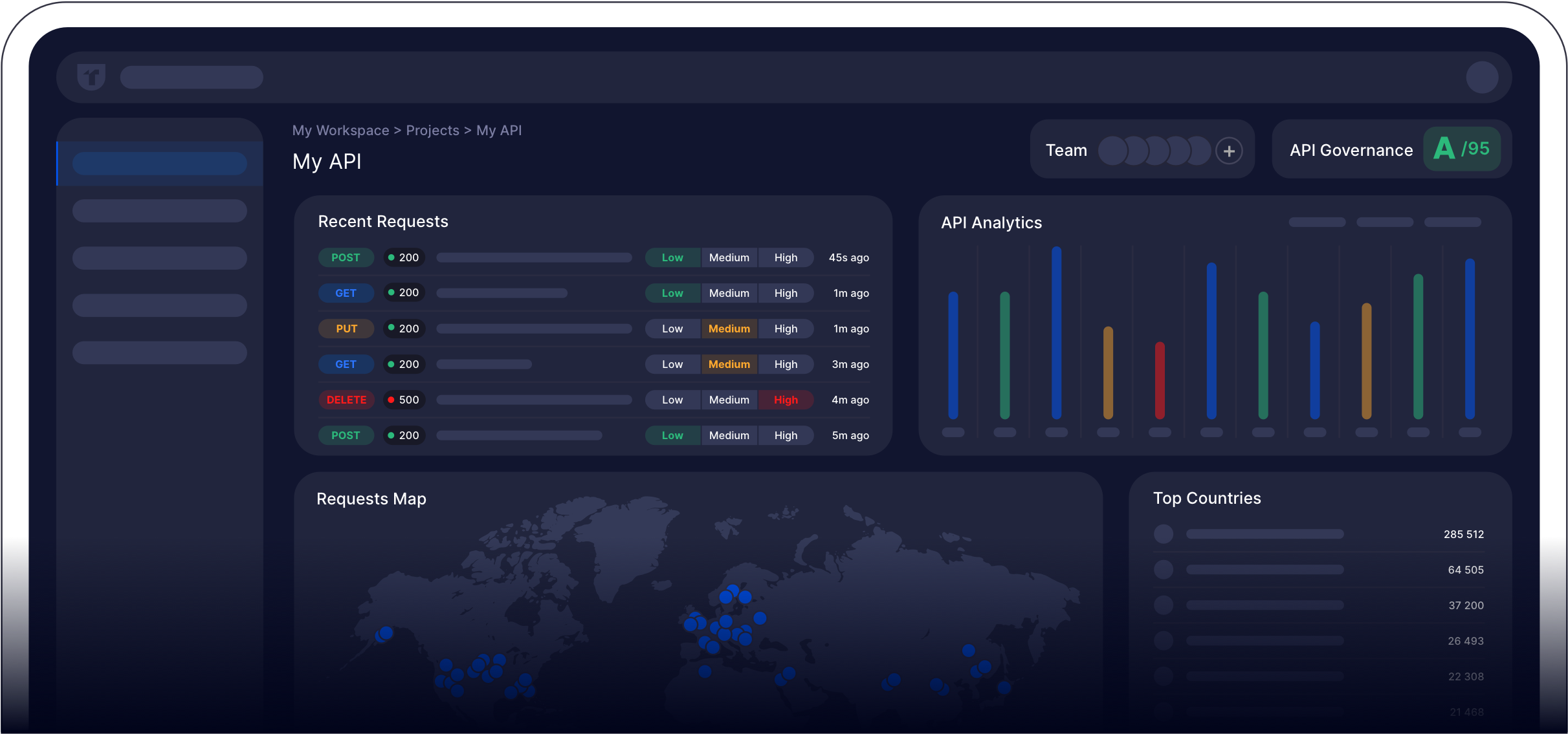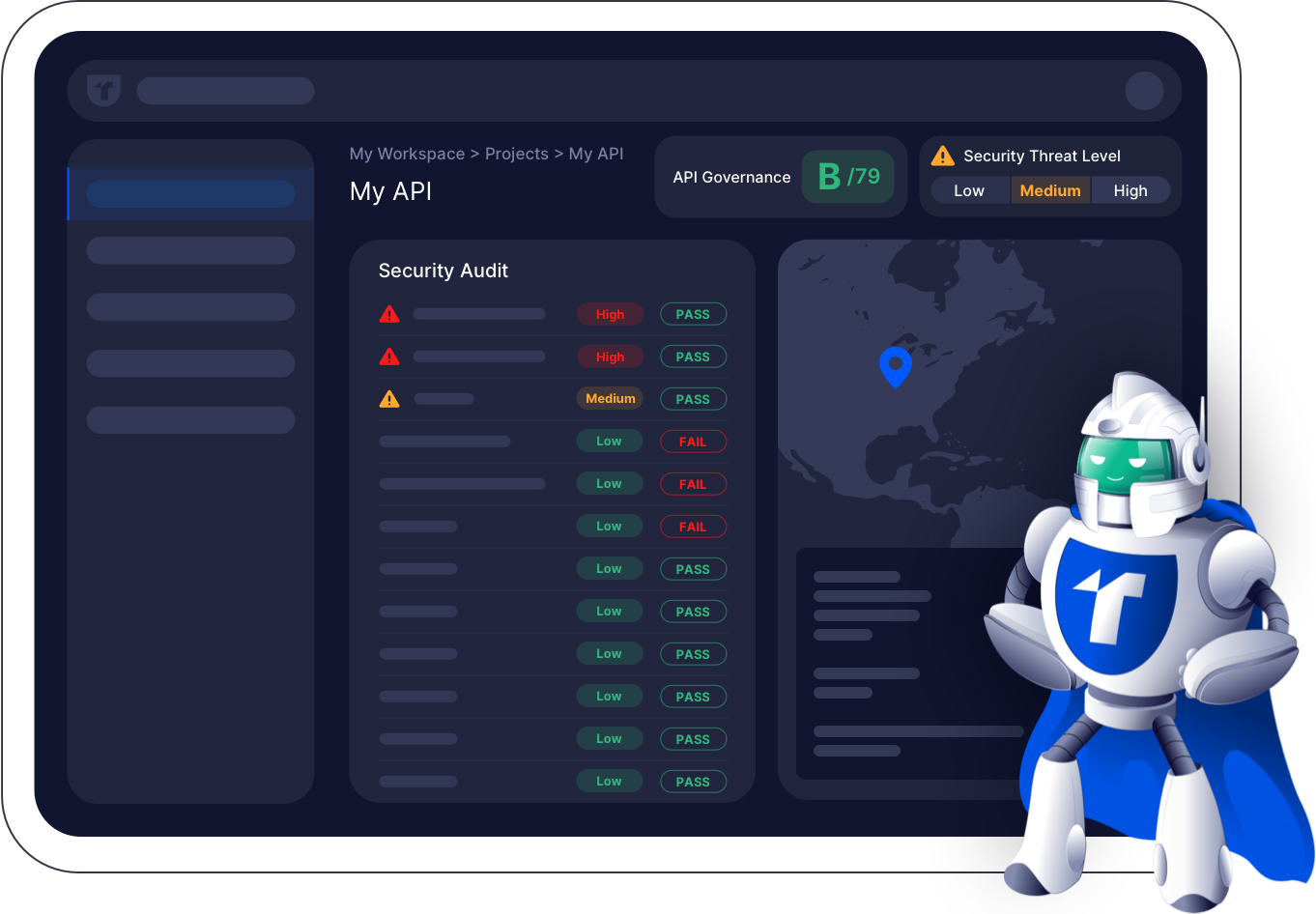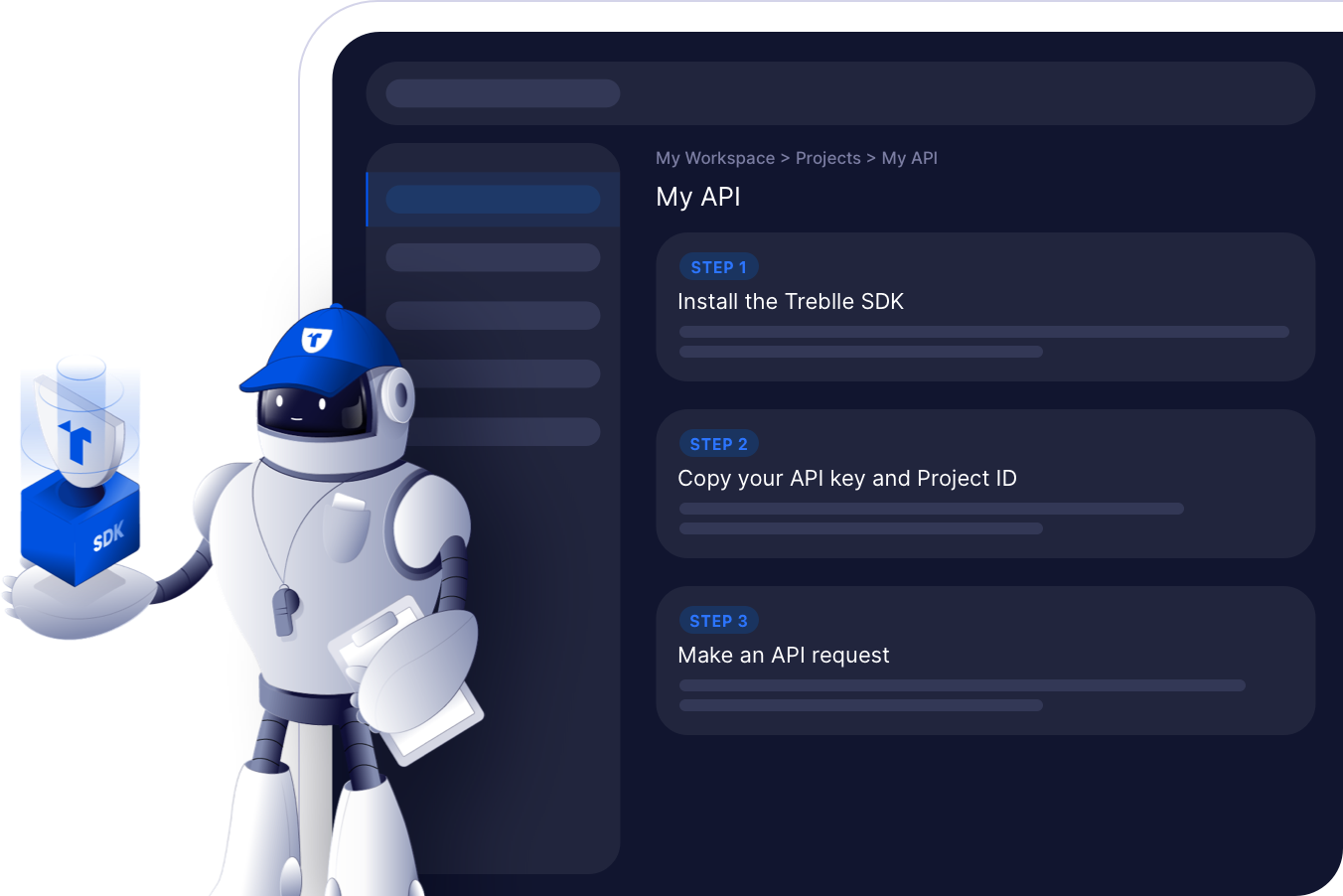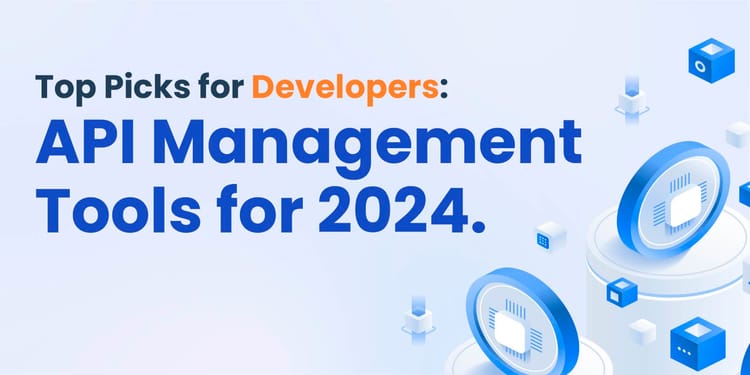What does APIOps have to do with the bridge that collapsed in Baltimore?
According to the American Road and Transportation Builders Association (ARTBA), a third of US bridges need repair.
The majority of bridges in America were constructed during the mid-20th century, a period marked by a post-World War II economic boom and significant advancements in engineering and construction techniques. These bridges served as vital links in the nation's infrastructure.
Nearly 80 years later, these strategic connections remain essential, yet the cost of maintaining them continues to be a challenge.

In comparison, APIs are relatively young but have been growing exponentially in the tech landscape. APIs play a crucial role in connecting various systems, from legacy platforms to cutting-edge applications.
In the early days of API adoption, integration between applications often followed a point-to-point approach, leading to a tangled web of maintenance issues and fragmented landscapes.
This is where APIOps comes in, providing a comprehensive solution to ensure maximum return on investment and long-standing APIs.
By considering the entire lifecycle of APIs and incorporating maintenance, governance, and security measures, APIOps offers a strategic approach to API management. In this blog, we will explore how APIOps functions at each stage of the API lifecycle, from inception to retirement.
What does APIOps look like throughout an API cycle?
APIOps brings together DevOps, GITOps, and Agile to manage the API lifecycle. It does this by developing standardised processes and workflows for managing the entire API lifecycle, including ideation, design, development, testing, deployment, monitoring, and retirement. This enables efficient and effective management of APIs from inception to decommissioning.
Without APIOps, organisations face several risks that can undermine the value and usability of their APIs:
- Fragmentation and complexity within the API ecosystem.
- Manual processes lead to inefficiencies and limited visibility.
- Reactive maintenance and poor performance.
- Isolated development and siloed communication.
APIOps aims to streamline the entire lifecycle of APIs, from design to deployment and maintenance, with a strong emphasis on aligning customer needs with the development process and built-in governance. Let’s work through what APIOps looks like in practice at each stage of an API's lifecycle.
APIOps in the Design Phase
API design is the cornerstone of effective APIOps, laying the foundation for usability, consistency, and scalability.
APIOps encourages a customer-centric approach to API design. This means understanding the requirements and use cases of the end-users (customers) and designing APIs that meet their needs effectively. Start by defining clear objectives and requirements based on user needs and business goals. Engage stakeholders to gather feedback and ensure alignment throughout the design process.
Techniques such as API design workshops, user story mapping, and customer journey mapping can be used to gain insight into customer needs and preferences. By involving customers early in the design process, APIOps ensures that the resulting APIs are intuitive, easy to use, and aligned with customer expectations.
Governance is integrated into the design phase by establishing standards and best practices for API design, documentation, and security. Employ standard design patterns like RESTful architecture and employ versioning strategies such as semantic versioning to manage changes seamlessly. Comprehensive documentation is key, detailing endpoints, parameters, and usage examples to help with easy adoption.
Design reviews with stakeholders from various teams can help to ensure alignment with organisational goals and standards.

APIOps in the Build Phase
During the build phase, APIOps promotes agile development practices that prioritise frequent iterations and continuous feedback loops.
Establishing cross-functional teams composed of developers, architects, testers, and business stakeholders fosters collaboration by bringing diverse perspectives to the table and ensuring alignment between technical requirements and business objectives.
Developers work closely with customers to gather feedback on early prototypes and iterations of the API. Rapid prototyping and user testing are common practices in APIOps, allowing developers to quickly validate assumptions and make necessary adjustments based on customer feedback.
Comprehensive documentation and knowledge-sharing practices ensure that vital information is accessible to all, fostering transparency and reducing silos. Use version control systems like Git for effective collaboration and code management. Implement automated testing practices, including unit and integration tests, and integrate CI/CD pipelines for rapid and reliable deployment of updates.
Thorough testing is essential to ensuring the functionality, performance, and security of your APIs. Develop a comprehensive test plan covering functional, performance, and security scenarios. Write unit tests to verify individual components, and conduct integration tests to validate interactions with external systems. Perform load and security testing to identify and address vulnerabilities.
In the development phase, governance mechanisms are included through adherence to design specifications, version control, and coding standards. Security measures such as authentication, authorization, and encryption can help mitigate risks.

APIOps in the Deployment Phase
APIOps advocates for automated deployment pipelines and continuous integration/continuous deployment (CI/CD) practices to streamline the deployment process. By automating deployment tasks, developers can quickly release updates and new features to address customer needs.
Monitoring and logging capabilities are built into the deployment process to ensure that APIs are performing as expected and to identify any issues that may arise post-deployment.
APIOps considers governance through versioning strategies, deployment automation, and monitoring mechanisms to track API usage, performance, and security metrics. Compliance with regulatory requirements is carefully considered throughout the lifecycle.
APIOps in the Maintenance Phase
APIOps places a strong emphasis on monitoring API performance and usage metrics in real time. Key performance indicators (KPIs) such as response time, error rates, and usage patterns are continuously monitored to identify areas for improvement.
Monitoring tools are crucial for tracking key performance metrics in real time. Use dashboards and alerts to notify stakeholders of any deviations from expected behaviour. Analytics tools can be used to analyse usage patterns and optimise API performance dynamically. Continuously iterate and improve monitoring and analytics practices based on feedback and evolving requirements.
Based on the insights gathered from monitoring and customer feedback, APIOps teams can prioritise and implement improvements to the API, ensuring that it continues to meet evolving customer needs.
APIOps improves governance with timely updates, patching, and deprecation of APIs, as well as continuous monitoring for vulnerabilities and compliance issues.
How to start or improve your APIOps
APIs serve as the digital bridges of our interconnected world, and APIOps stands as the guardian of their integrity and resilience.
APIOps provides a framework for aligning the entire API development lifecycle with customer needs, enabling organisations to deliver APIs that are not only technically robust but also highly relevant and valuable to their end-users. Governance is deeply ingrained at each stage of the API lifecycle in APIOps to foster consistency, security, and compliance while maximizing the value of APIs.
Trebble is a perfect starting point for introducing or improving your APIOps practices. With its comprehensive API observability, analytics, automation, and governance features, Treblle offers a holistic solution to enhance your APIOps strategy. From analyzing API-specific data points to automating API development and ensuring security compliance,. Treblle empowers organisations to operate at peak efficiency and deliver exceptional API experiences. Elevate your APIOps practices today with Treblle and secure the full potential of your APIs.










